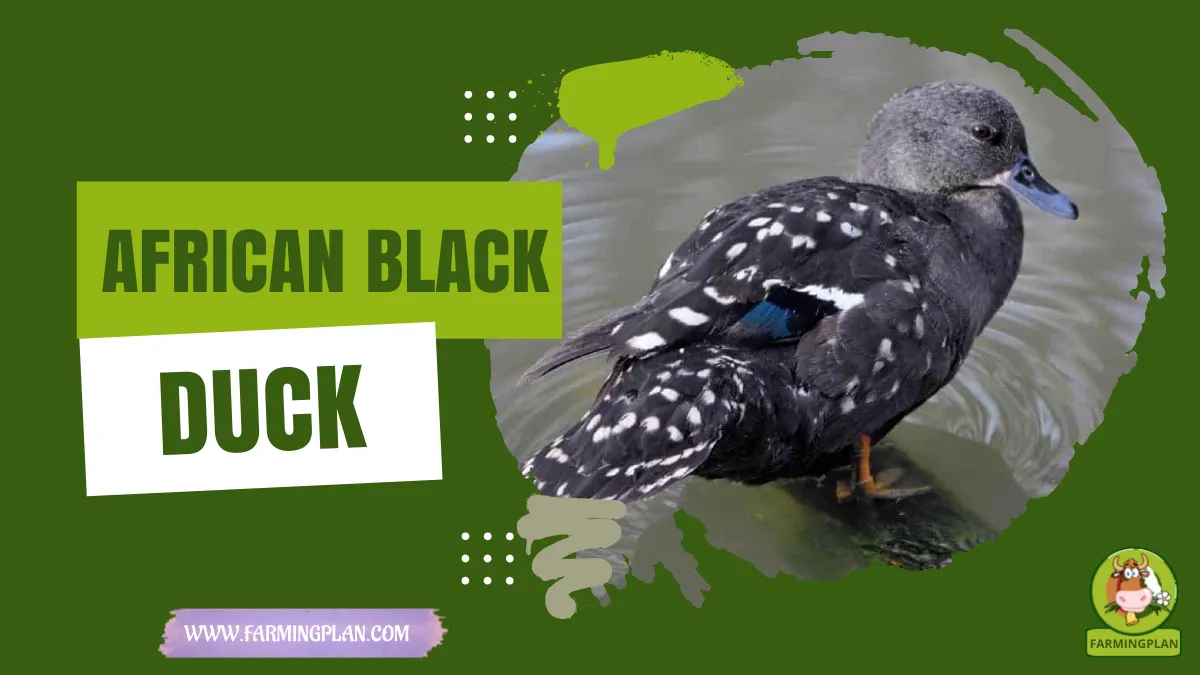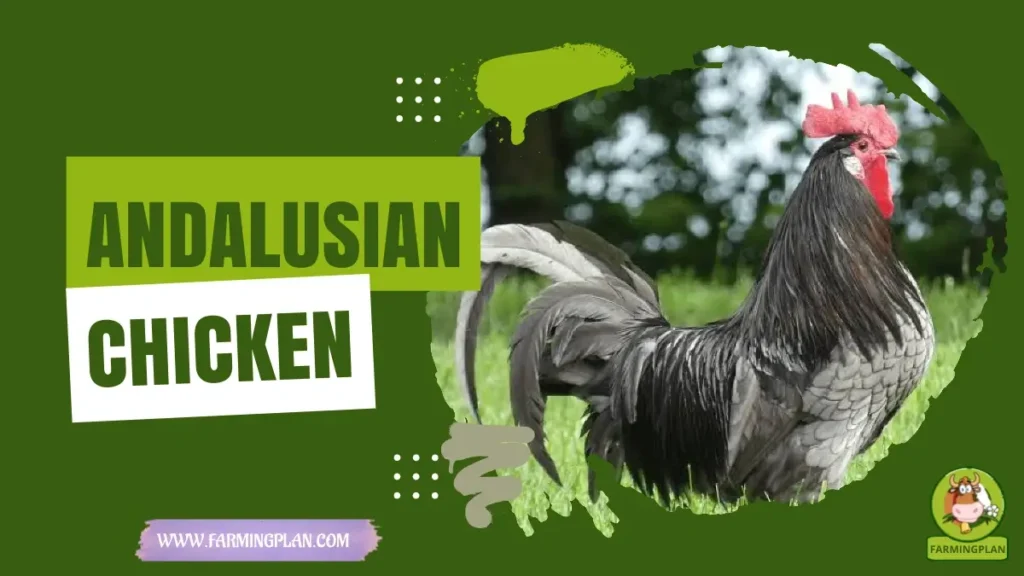If you’ve ever strolled along a rocky river in South Africa or Ethiopia and spotted a dark duck gliding through fast-moving water, you’ve likely seen the African Black Duck (Anas sparsa). This shy, river-loving bird from the Anatidae family—which also includes geese, swans, and Mallards—thrives where few others can. To me, it’s a true symbol of Africa’s wild rivers: strong, sleek, and independent. In this guide, I’ll share everything you need to know about this secretive duck—from its origins and behavior to its diet, breeding, and care tips.

History & Origin
The African Black Duck, known scientifically as Anas sparsa, belongs to the Order Anseriformes and Family Anatidae. It’s part of the subgenus Melananas, which hints at its darker plumage compared to the more common Mallard (Anas platyrhynchos). This species has roamed the rivers of eastern and southern Africa for centuries, from Ethiopia and Sudan in the north down through Zimbabwe and South Africa.
Early naturalists often confused it with the American Black Duck, but the African Black Duck has unique features — especially its distinctive dark feathers and white streaks, making it easily recognizable once you’ve learned the pattern. In older literature, it was sometimes called the “Black River Duck” or the “West African Black Duck.”
Historically, this duck evolved to adapt to fast-flowing, rocky rivers — habitats that require quick reflexes, strong wings, and powerful legs. These adaptations helped it survive where slower-moving ducks would struggle. Today, you can still find them listed in bird databases like BirdLife International, Avibase, and the African Bird Club Checklist, confirming their presence across much of sub-Saharan Africa.
Read More: Elizabeth Duck: Farming For Beginners
Characteristics
The African Black Duck is a small to medium-sized waterfowl with an unmistakable look. Both males and females share a dark, almost chocolate-brown plumage, streaked with pale or white markings across the back and wings. They have dark bills and legs that blend beautifully with their environment.
When you see one taking off, you might notice a flash of violet-blue speculum feathers bordered with white — a feature it shares with the Mallard, but subtler. The male and female look quite similar, though females may appear slightly duller in tone.
Their shorter necks and compact bodies help them move quickly in strong river currents. Unlike dabbling ducks that stay in open ponds, these birds prefer shelter among rocks, driftwood, and riparian vegetation. When perched on a wet boulder, they almost seem part of the scenery — that’s how well their plumage camouflages them!
Read More: Merchtem Duck: Farm From Scratch
Nature & Temperament Shy, Territorial, and Independent
If you’ve ever tried to approach an African Black Duck, you’ll know how skittish and secretive they are. They’re not your typical sociable ducks that gather in flocks. In fact, they’re often seen alone or in pairs — especially during the breeding season. They’re also highly territorial. A breeding pair will defend their stretch of river fiercely, chasing away intruders, even larger birds. That’s why you’ll rarely see more than two in the same section of water.
These ducks are crepuscular, meaning they’re most active at dawn and dusk, quietly foraging for food when the light is soft and predators are fewer. I often tell young birders, “If you want to spot one, get to the river before sunrise — and bring your patience.” Despite their independence, African Black Ducks display remarkable parental care. Both parents are alert and protective, especially once the pale cream eggs hatch and the precocial ducklings start exploring their watery world.
Read More: Huttegem Duck: Farming Secret
Food & Diet What Keeps Them Going Strong
Being omnivorous, African Black Ducks enjoy a diverse diet. In the wild, they feed on aquatic insects, small crustaceans, and plant matter like waterweeds and seeds. Their diet shifts slightly with the seasons, depending on what’s available in the river ecosystem.
When keeping them in managed aviaries or sanctuaries, I feed a balanced diet of grains (like wheat or barley) mixed with insect protein sources such as mealworms or small shrimp. They also appreciate chopped greens and occasional fruit bits. Avoid giving them processed foods, bread, or salty snacks — these can harm their digestive systems. Always make sure their water source is clean and flowing, as stagnant water can cause illness. In their natural setting, they rely on clean, oxygen-rich rivers — so mimicking that environment is essential for their health.
A Flowing Stream Keeps A Duck’s Spirit Clean — Fresh, Moving Water Is Their Lifeblood.
Usage & Purpose From Wild Rivers to Conservation Icons
Unlike domestic ducks raised for eggs or meat, the African Black Duck serves a different purpose. It’s primarily valued for ecological balance, wildlife photography, and bird conservation. Many African nature reserves, such as those in South Africa’s Drakensberg or Zimbabwe’s highlands, protect these ducks as indicators of river health. Where African Black Ducks thrive, it usually means the river ecosystem is in good condition.
In a few regions, bird breeders and sanctuaries have begun keeping pairs for education and conservation breeding — helping to raise awareness about their habitats. While they aren’t suitable for typical pet duck setups, they can adapt to large, semi-natural enclosures that resemble perennial rivers.
Special Features The Hidden Strengths of Anas sparsa
One of my favorite things about the African Black Duck is how well-camouflaged it is. Its darker coloration allows it to blend perfectly with river rocks and shadows. Another special feature is its powerful swimming ability. Few ducks can handle fast-flowing rivers the way this species does. They’re also strong flyers, capable of short, sharp bursts when startled.
Their breeding strategy is fascinating too. They build ground-level nests close to water, often hidden under grass or driftwood. The female incubates the eggs for about 30 days, while the male stays nearby, guarding the area. The ducklings can swim within hours of hatching — a clear sign of their precocial nature. Each of these traits shows how perfectly adapted they are to a rugged, flowing world where survival depends on agility and awareness.
Health Issues & Prevention Keeping Ducks Strong and Safe
In the wild, African Black Ducks face threats like river pollution, habitat loss, and predation by snakes and mongooses. In captivity or rehabilitation settings, common health concerns include parasites, respiratory infections, and poor water hygiene. To prevent illness, always keep their living area clean. Provide clean, fresh water daily and allow them access to shallow pools for bathing. I also recommend adding natural vegetation like reeds or driftwood for enrichment — it helps them feel secure and reduces stress.
A balanced diet with proper protein and vitamins supports feather health and immune strength. If a duck appears lethargic, loses appetite, or shows labored breathing, isolate it and consult a wildlife vet experienced in waterfowl. Remember — prevention always beats cure when it comes to birds. A healthy duck is a happy duck.
Step-by-Step Pet Owner & Farming Care Guide for African Black Ducks
While the African Black Duck is a wild species, some conservation farms and sanctuaries successfully maintain them under managed care. Here’s a detailed, step-by-step care guide based on my personal experience raising waterfowl in semi-natural habitats.
Step 1: Setting Up the Habitat
Start by creating a naturalistic enclosure that mimics a flowing riverbank. Use large ponds with filtration systems or running streams. Add rocks, driftwood, and aquatic plants like reeds or lilies to provide shelter. Avoid overcrowding — one pair per enclosure is ideal since they’re territorial. Provide shaded spots and open sunny areas to regulate temperature.
Step 2: Feeding Routine
Feed twice a day — early morning and late afternoon (their natural foraging times). Offer a mix of grains, aquatic plants, and insect protein. You can add floating pellets made for wild ducks as well. Keep the food away from swimming areas to prevent contamination. Always provide clean water for drinking and bathing.
Step 3: Breeding & Nesting Setup
For breeding, offer hidden nesting areas near water edges. Use dry grass, reeds, and safe driftwood. Females lay 5–8 pale cream eggs, which they incubate for about 30 days. Avoid disturbing nesting females — too much interference can cause them to abandon the clutch. After hatching, ducklings are active almost immediately, so make sure the water is shallow and predator-proof.
Step 4: Health Monitoring
Observe your ducks daily. Watch for signs of fatigue, limp feathers, or disinterest in food. Keep parasites at bay by maintaining clean water and dry resting areas.
If you keep other waterfowl nearby, quarantine new birds for at least 21 days before introduction to prevent disease spread.
Step 5: Enrichment & Behavior Support
These ducks are intelligent and alert. Provide branches, vegetation, and small stones for natural foraging behavior. Avoid loud noises and frequent human interference — they prefer calm environments. Encouraging natural behaviors, like dabbling and swimming, keeps them mentally and physically healthy.
Expert Tips & Best Practices
- Observe them during dawn or dusk for natural behaviors.
- Keep one breeding pair per habitat to avoid territorial fights.
- Maintain flowing, clean water — stagnant pools cause illness.
- Offer a balanced omnivorous diet with live insects occasionally.
- Use natural barriers like rocks and reeds instead of wire fences.
- Keep a daily log of feeding, breeding, and health changes.
- Join birding groups like African Bird Club or eBird to share sightings.
- Never release captive-bred ducks into the wild without conservation approval.
FAQ
Where can African Black Ducks be found?
They live across eastern and southern Africa — especially in South Africa, Ethiopia, and Zimbabwe — along fast-flowing rivers and streams.
How can you tell the male and female apart?
Both look similar, but males are slightly darker with a glossier plumage, while females have a duller tone.
What do African Black Ducks eat?
They’re omnivores that eat aquatic insects, seeds, and plant matter. In captivity, they also enjoy grains and live protein sources like mealworms.
Are African Black Ducks endangered?
Not currently — but their populations are declining in some areas due to river degradation and habitat loss.
Can African Black Ducks hybridize with other ducks?
Yes, there have been rare cases of hybridization with the Yellow-billed Duck, though it’s uncommon.
Conclusion
The African Black Duck may not be as famous as the Mallard or the Pekin Duck, but to me, it’s one of the most fascinating waterfowl on the continent. Its strength, adaptability, and quiet beauty make it a true treasure of Africa’s rivers. Whether you’re watching one from a rocky stream or caring for a pair in a sanctuary, these ducks teach us about the delicate balance between wildlife and clean, healthy rivers. If this guide helped you understand and appreciate this remarkable species, I’d love to hear your thoughts. Share your experiences, drop a comment, or pass it along to another bird lover — let’s keep the African Black Duck flying high in both rivers and hearts.

